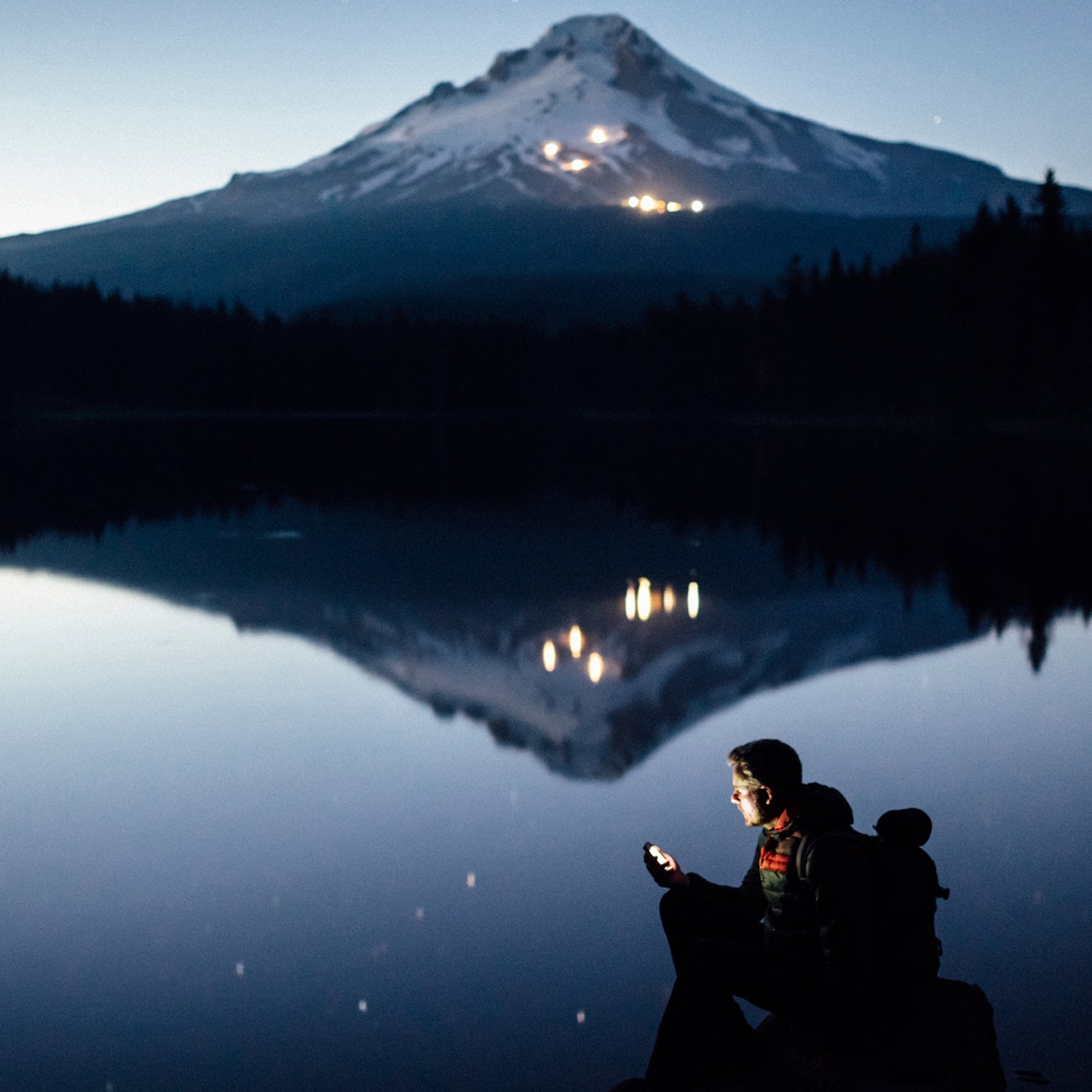There is no question that one of the reasons we visit national parks is to feel inspiration—something beyond ourselves. Experiences with close friends or partners can strengthen relationships and create lasting memories. The intimacy with nature that parks foster is ineffably rewarding.
But we live in an age of social media, when Facebook, Snapchat, and Instagram have redefined intimacy and how we share our private moments with the world. What does this mean then for our deeply personal experiences in wild nature? Should national parks promote better cell phone coverage so that visitors and hikers in these parks can share their joy in nature? Some may answer, “Absolutely not!” and argue that we venture into wild nature to reclaim our souls from the grip of technology. But if we want the message of the parks to spread, there’s no better way than by embracing social media. To that end, we should accept the younger generation’s need to be connected and encourage them to share their nature experience with one another.
Two-thirds of Americans own smartphones—twice as many people as did even just five years ago—and use their phones for social networking at least once a week. For those who would argue that our collective wilderness experience is sullied by cell phones, we ask whether those people would extend that argument to outdoor technological mainstays like Gore-Tex, solar-powered lanterns, portable grills, and the compact espresso-makers people take camping. If you divided the national park system in half, and had cell phone service in one half of the parks, and no service in the other half, and you made that fact known, we are confident the set of “connected parks” would attract the most visitors by far.
It’s time the National Park Service took steps to support this new way we visitors express support of the outdoors. We propose starting in three ways:
1.��The Park Service should encourage, in a thoughtful manner, the building of some cell towers to enhance WiFi, especially in instances where the private sector would be willing to cover the costs. Total coverage in all parks isn’t our objective, and some preliminary research is needed to figure out where these towers would best serve the visiting public. They should be placed in high-use areas and where they do not visually impair iconic landscapes.��
2.��The Park Service should publicize WiFi hotspots in parks so that visitors (and potential visitors) would know where to go to be connected. ��
3.��Lastly, it should strategically harness the energy of social media. The Park Service has already moved in this direction by sanctioning mobile apps that help plan camping trips and provide guides to wildlife. It could extend these services to include Instagram competitions and coordinate group activities in parks.
If our parks are truly meant to be enjoyed by the greater American public, they must facilitate this new form of engaging with nature within their boundaries. We say this knowing that some parts of the pre-smartphone park experience may be lost in the process.��And we know there's a tradeoff in experience: How many of us��have seen someone totally miss out on a wonderful aspect of life because their nose was stuck in their phone?
Being optimists, we think more people will visit parks knowing they can be connected while also remaining open to being entranced by nature. We’re confident that those who venture to parks will learn to leave their phones in their backpacks and simply soak up wildness for much of the day. Parks are for people, after all, and people today want connectivity.

Dr. Peter Kareiva is a conservation biologist and ecologist who has served on the faculty at Brown University, University of Washington, UCSB and UCLA.
��
��

Celina Kareiva works for PATH, and is pursuing a Master’s Degree in Global Health at University of Washington.��


